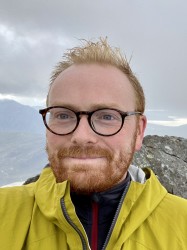BibTex format
@article{Okwara:2023:10.1111/bre.12765,
author = {Okwara, IC and Hampson, GJ and Whittaker, AC and Roberts, GG and Ball, PW},
doi = {10.1111/bre.12765},
journal = {Basin Research},
pages = {1555--1589},
title = {Sourcetosink massbalance analysis of an ancient waveinfluenced sediment routing system: Middle Jurassic Brent Delta, Northern North Sea, offshore UK and Norway},
url = {http://dx.doi.org/10.1111/bre.12765},
volume = {35},
year = {2023}
}

